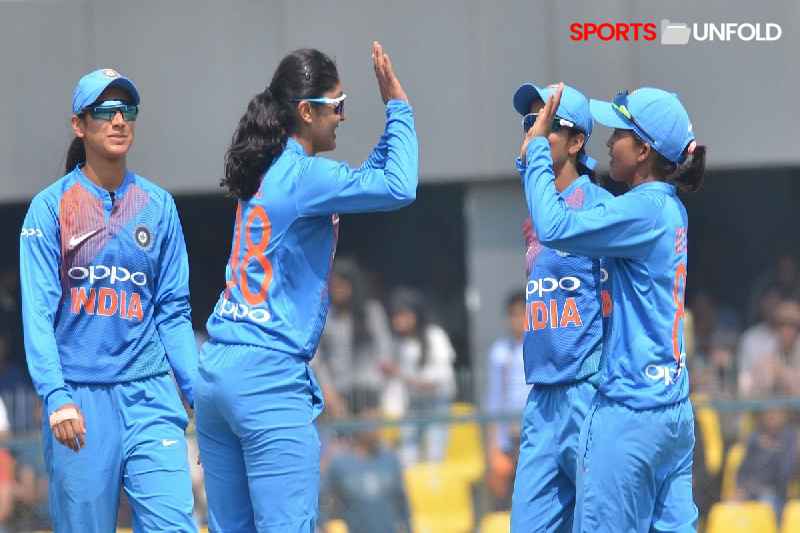Saba Karim cites India’s improved seam-bowling pool as one of the team’s takeaways from the home series against England and Australia.
In the recently finished T20I series against Australia, India featured four seamers in their playing XI: Renuka Singh, Pooja Vastrakar, Titas Sadhu, and Amanjot Kaur.
While Sadhu and Singh performed admirably in parts, Vastrakar was a standout with both bat and ball throughout the home season.
During a Sports 18 discussion, Karim was asked about the benefits of India’s home season.
He said, “We’re seeing a lot of good cricketers.” I also believe the pool of fast bowlers is progressively expanding.
This will help you win not just in India, but also outside of India. You will profit much more if the number of Test matches increases.
While applauding Harmanpreet Kaur and her teammates for their impressive Test performances, the former India wicketkeeper-batter emphasized that hard work is essential in the limited-overs forms.
This year’s Test matches against England and Australia were outstanding, according to him.
White-ball cricket requires a bit more effort, but I believe work has begun in those areas.
India had a strong run in the longest format, winning one Test each against England and Australia.
They were found wanting in white-ball cricket, however, losing seven of the nine games they played against the two sides.
Saba Karim on India’s home season learnings: “I want to see a change in approach”

Saba Karim, reflecting on India’s lessons, stated that they need to lower their dot-ball percentage.
He went on to say, “We’ve been talking about intensity a lot.” I’d want to see a shift in approach.
India has a very high dot-ball proportion. India also played 60 dot balls today.
You could have added 25-30 runs if you had struck out 40 or 50% of those balls.
The cricketer-turned-commentator encouraged India to adopt Australia’s strike-rotation strategy.
He stated, “You don’t have to play big shots, but you do have to rotate strike.” That will happen only when you are ready to accept singles.
While batting, your goal should be to first search for a boundary, next to see if you can score three or two runs and then to see if you can rotate.
That is evident in Australia’s approach.
Karim added that if the Women in Blue’s dot-ball % drops, they may put up massive numbers.
He finished by saying that, while there are many positives, there are certain areas that need to be improved, including fielding and conditioning.

